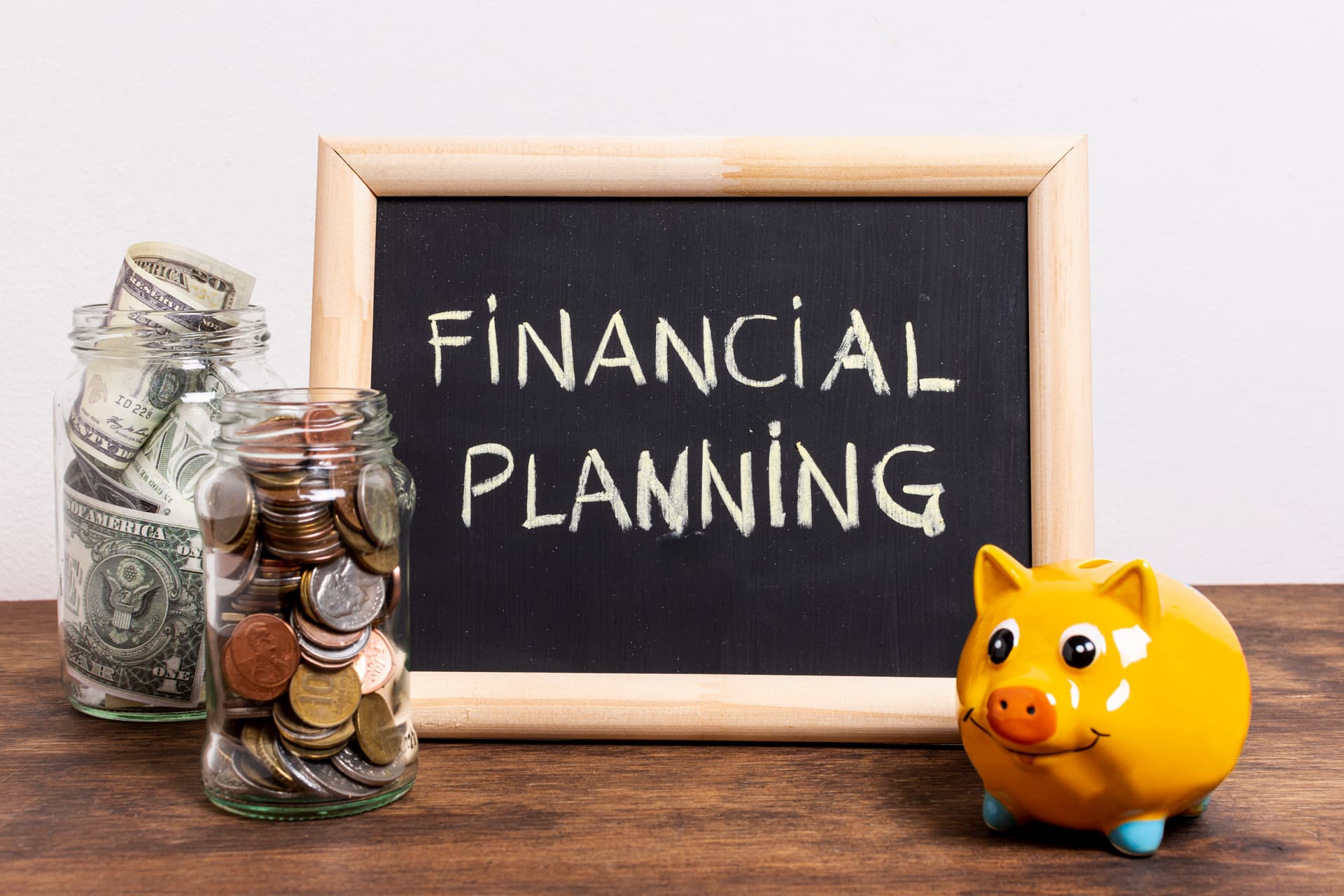💸 How I Finally Learned to Manage My Salary (And Stopped Living Paycheck to Paycheck in 2025)

Tired of your paycheck disappearing within days? Here's how I broke the cycle, learned to manage my salary, and finally started saving — even on an average U.S. income.
How I Finally Learned to Manage My Salary in 2025
For years, I thought the problem was my paycheck. It was never enough. I’d get paid on a Friday and by the second week, I’d be scraping together coins for gas. Sound familiar?
I wasn’t out partying every weekend or buying luxury stuff. My money just... disappeared. Groceries, subscriptions, takeout, a random Amazon “treat yourself” — and boom, gone.
This is the story of how I finally took control of my salary in 2025. Not with some get-rich-quick scheme, but with small, realistic changes that made a big impact.
Why My Paycheck Was Always Gone by Week 2
I remember this one month clearly. I had just gotten my paycheck, felt flush, and bought a few “essentials”: a Target run that turned into $130, DoorDash three nights in a row, and a new pair of sneakers I convinced myself I needed.
By week two, I was back to checking my account daily like I was defusing a bomb. That awful low-balance anxiety was my normal. I told myself I didn’t make enough, but the truth was… I didn’t manage what I had.
The Month I Had to Borrow $200 — And What It Taught Me
The turning point came in December. My car battery died the same week I had holiday gifts to buy. I had nothing saved. Not even $50.
I had to Venmo request my friend Amanda for $200. She was cool about it, but I was humiliated. I was 29. I had a full-time job. Why was I still borrowing money like I was in college?
That night, I searched “how to manage your salary better” and landed on Start Emergency Fund with No Savings. It didn’t shame me. It gave me a plan.
That’s when everything started to change.
The First Step: Know Where Your Money Is Going
Before budgeting, saving, or investing, I had to face the numbers. I downloaded Mint and linked all my accounts.
Within 24 hours, it hit me: I was spending $180/month on subscriptions and streaming I barely used. Another $250 went to delivery apps. And I’d spent over $90 just on impulse buys at Walgreens.
So I made a deal with myself:
- For 30 days, track every dollar
- Categorize every expense
- Be brutally honest
I didn’t change anything yet — just watched. And that alone shifted my mindset.
The 50/30/20 Rule Made Budgeting Click
I’d heard of the 50/30/20 rule, but I always thought it was only for people who earned a lot. It turns out, it works no matter your income — you just scale the amounts.
How it breaks down:
- 50% Needs: Rent, groceries, bills, insurance
- 30% Wants: Takeout, Netflix, non-essentials
- 20% Savings & Debt: Emergency fund, sinking funds, debt payments
I applied it to my $3,200/month after-tax salary:
- $1,600 → rent, utilities, groceries
- $960 → fun money, shopping, treats
- $640 → automated into savings + debt payments
It wasn’t perfect. Some months I leaned too heavy into wants. But it gave me structure. A guide. A reason to say no sometimes.
Auto-Saving Made Me Finally Feel in Control
Setting up automatic transfers was the smartest move I made. No willpower required.
Every payday:
- $200 goes straight to my high-yield savings account (I use Ally Bank)
- $100 to a separate emergency fund I don’t touch
- $50 to a “treat fund” (more on that later)
I used Start Building Wealth with $100 as my starter plan.
The key? Treat savings like a bill you owe yourself. Before, I saved “whatever was left.” Now, I save first — then spend.
Budgeting Without Feeling Miserable
At first, budgeting felt like punishment. No lattes. No fun. But I realized that was unsustainable. So I built in joy — guilt-free.
My “Fun Money” categories:
- $25/week for eating out
- $15/week for small splurges (yes, I still get Starbucks)
- $50/month for date nights or weekend plans
This “freedom to enjoy” actually made it easier to stay on track. I wasn’t depriving myself — just choosing with intention.
Tools That Helped Me Succeed
Here are the tools I still use and trust in 2025:
- Mint: Simple, free, and connects to everything
- YNAB (You Need a Budget): Best if you want full control and goal tracking
- Rocket Money: Helped me cancel $300 worth of unused subscriptions
- Ally Bank: Great high-yield savings and easy goal tracking
- Google Sheets: For my custom monthly tracker (nerdy but helpful)
I learned a lot of these from blogs like Living Frugal: 21 Tiny Habits That Save Thousands. The key wasn’t finding the perfect tool — it was actually using one consistently.
Sinking Funds: The Secret to Never Panicking at Christmas Again
This was a game-changer.
Sinking funds are small, monthly savings for known future expenses. Instead of putting $300 on a credit card in December, I now save $25/month starting in January.
My Sinking Funds:
- Gifts & Holidays: $25/month
- Car maintenance: $40/month
- Annual subscriptions: $20/month
- Travel fund: $50/month
All go into labeled buckets in my Ally savings account. When the time comes, the money’s already there. No panic, no guilt.
After 6 Months: What Changed in My Life
Here’s what happened after 6 months of consistent salary management:
- I saved $2,100 across emergency, sinking, and fun funds
- Paid off two credit cards
- Stopped living in “money survival mode”
- Slept better knowing I wasn’t one expense away from a crisis
- Started planning for bigger goals like investing and moving
My relationship with money is no longer stressful. It's empowering.
What I’d Tell Anyone Starting in 2025
You don’t need to make six figures to manage your salary well.
You just need to:
- Track your spending
- Give every dollar a job
- Save automatically
- Spend some money on joy (guilt-free)
- Build your habits before you build wealth
Start with just one action. Maybe it’s opening a savings account. Maybe it’s reading Save $5,000 in the USA by 2025.
Managing your money doesn’t mean giving up fun. It means gaining freedom — to spend, save, and live on your terms.
Frequently Asked Questions
How much of my salary should I save in 2025?
Experts recommend saving at least 20% of your salary if possible. Even starting with $50–$100 a month helps build the habit and emergency savings over time.
What budgeting method works best for employees in the U.S.?
The 50/30/20 rule is beginner-friendly. Apps like YNAB or Mint also help create visual breakdowns of spending and saving habits.
I live paycheck to paycheck. Can I still manage my salary?
Yes — even low-income earners can start by tracking every dollar, eliminating leaks, and setting aside small amounts using auto-transfers.
What’s the best day to set your budget?
Right after payday. This ensures you allocate funds to savings and bills first before spending.
Should I keep everything in one account?
It’s better to separate spending, savings, and emergency funds into different accounts — ideally with a high-yield savings account for growth.
Ready to stop paycheck panic and start planning your future?
Check out more practical guides at Tool2Rich.com/blog
Related Posts

The 17 Principles of Creating Wealth That Changed My Life (Most People Ignore #5)
Building wealth isn’t just about money — it’s about mindset. These 17 powerful principles helped me go from broke to financially secure, and they can work for anyone willing to try.
Read Full Story
I Built an Emergency Fund From $0 in Just 30 Days — Here’s the Exact Plan I Followed
Broke, stressed, and unprepared — that was me a month ago. But in just 30 days, I went from zero savings to building my first emergency fund. Here’s the simple plan that actually worked.
Read Full Story
🔥 Devs Are Using These AI Tools to Code 10x Faster in 2025 — Why Aren’t You?
From Copilot to Codeium and beyond — discover how devs are shipping 40% faster, writing fewer bugs, and building smarter in 2025 using AI. This guide shows you the best tools, real-world use cases, and how to start right now.
Read Full StoryAdd a Comment
Recent Comments
Loading comments...